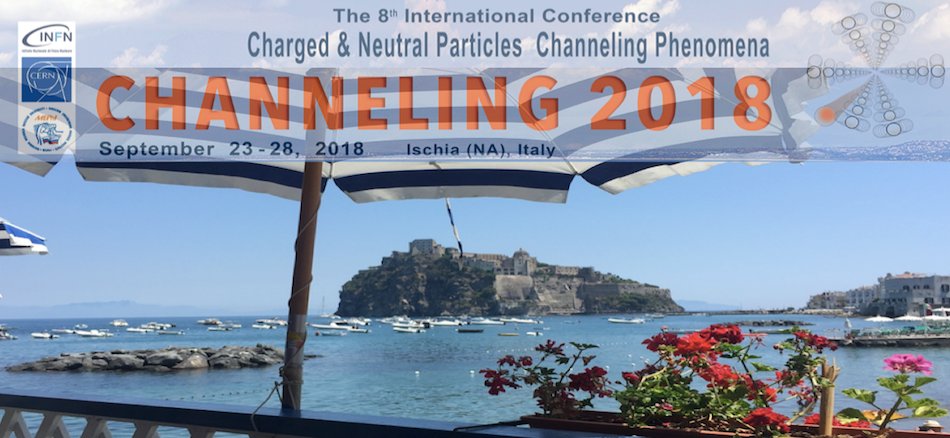Speaker
Dr
Alessandro Curcio
(CERN)
Description
In recent years there has been a renewed interest in nuclear fusion processes, induced in laser
produced plasmas. The consequences of these studies, both experimental and theoretical,
concern the production of nuclear energy for civil purposes, the development of mono-energetic
high brillance neutron sources, up to the models of nucleosynthesis within the stars. In
particular we want to understand if the p- 11 B fusion process is more favored when the proton is
directed on a solid Boron sample or a Boron plasma. Similar questions arise for the D + D fusion
process. To answer these questions it is necessary to consider at the roots the process of nuclear
fusion (intimately linked to the tunnel effect) and the role played by the electronic screen of the
nuclei when the target is in the solid or gaseous state, or the Debye length in the case the target is a
plasma. In this last case the most favorable conditions for the nuclear fusion could be realized inside
very dense and relatively cold plasmas, so called Fermi degenerate plasmas. Clearly in such a
complex scenario the length of penetration of the colliding nuclei within the fusion target will also
be considered.
Primary author
Dr
Alessandro Curcio
(CERN)
Co-author
Danilo Giulietti
(PI)

